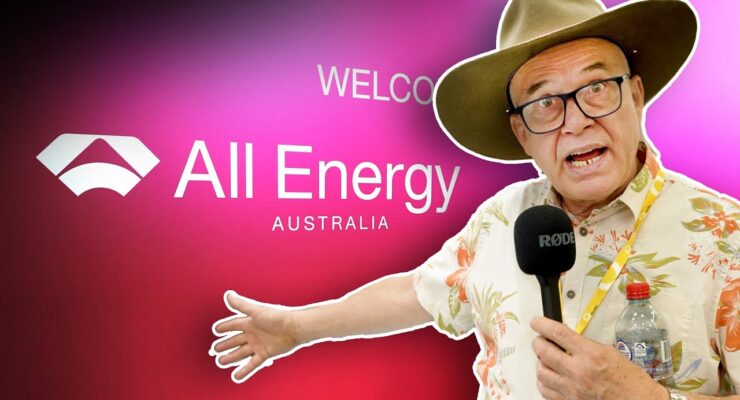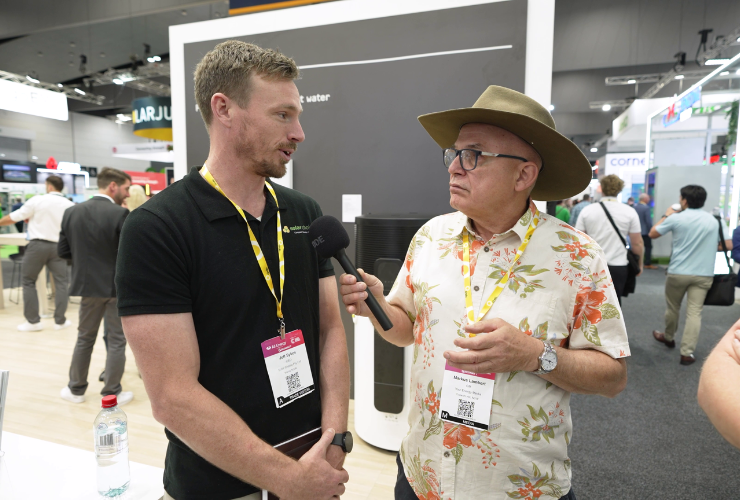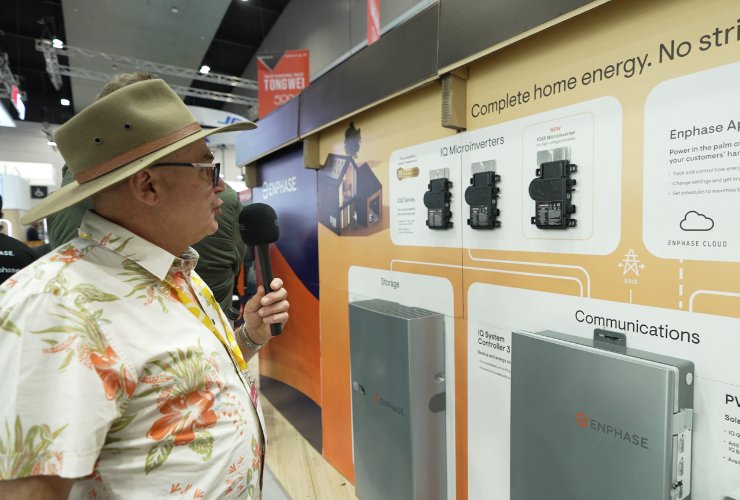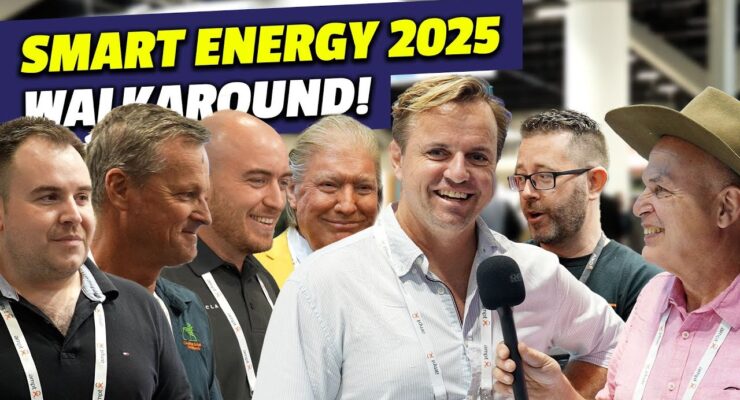
All Energy Australia 2024: Key Trends and Insights from This Year’s Event
As All Energy Australia 2024 kicks off, it’s evident that this year has brought unique challenges and opportunities to the solar and energy storage industry. With residential solar inquiries down 30-40%, some installers have struggled, while others have used this time to expand their reach.
This article covers the most significant trends, technological advancements, and industry insights revealed at the event, offering a comprehensive summary of what’s shaping the Australian renewable energy sector today.
Solar Industry Trends and Market Shifts
2024 has proven to be a challenging year, with residential solar inquiries dropping across the board. Some installers have managed to sustain or grow their business, while others are feeling the impact of reduced consumer demand, influenced by factors like increased living costs and higher interest rates. However, battery attachment rates have risen, with over half of installations now including energy storage—a testament to the growing appeal of grid independence.
One major shake-up is Origin Energy’s recent acquisition of Solar Quotes. This move indicates a shift in lead generation strategies, potentially allowing Origin to integrate its Virtual Power Plant (VPP) offerings more effectively within the solar industry. It also introduces competitive pressure for independent lead generators and raises questions about data utilisation and installer partnerships.
Advancements in Solar Technology and Products
Manufacturers such as Trina Solar, Delta, and Jinko Solar showcased their latest large-format modules, which now achieve up to 23% efficiency. As panels grow in size and efficiency, they can produce more power from the same amount of rooftop space, benefiting both residential and commercial projects where roof space may be limited.
Sigenergy has introduced a flexible battery solution capable of AC and DC coupling, allowing it to be retrofitted into existing solar systems. This innovation aligns with the trend of adding battery storage to enhance energy independence. Additionally, other brands like SolarEdge and Enphase offer integrated energy solutions combining inverters, battery storage, and EV charging capabilities, catering to consumers looking for a comprehensive energy ecosystem.
Suppliers like REC and SunPower emphasised the importance of high-wattage panels with low degradation rates. By maintaining output over time, these panels are ideal for systems with batteries, ensuring consistent power generation even in extreme Australian temperatures.

Energy Storage and Battery Market Growth
Battery attachment rates are rising, especially in regions like New South Wales, as the new battery rebate encourages even greater demand. Many households are pairing solar installations with batteries to utilise stored energy at night, ensuring cost savings and supporting grid stability.
VPPs are becoming a key aspect of battery installations, with programs like Origin offering customers discounts and credits for discharging stored energy into the grid during peak times. This trend enables households to increase the value of their energy storage systems, especially as feed-in tariffs decline.
Government Policies and Industry Recommendations
A key takeaway from industry leaders at All Energy Australia is the call for higher Small-Scale Technology Certificate (STC) thresholds on commercial systems. Raising the STC ceiling to 500 kW or even a megawatt, provided a battery is installed, could drive significant commercial adoption. This shift would reduce grid strain and support energy security while providing economic benefits to businesses.
Noteworthy Exhibitors and Innovative Products
Enphase introduced its latest microinverters and battery solutions, designed with a 25-year warranty to withstand the demands of Australian climates. Enphase’s integrated system offers rapid shutdown and individual panel monitoring, a popular choice for customers looking for reliable, safe, and flexible solar-plus-storage systems.
Toyota’s display of its hydrogen fuel cell vehicle sparked discussions on alternative energy sources. While battery electric vehicles (EVs) are currently the dominant technology, Toyota’s commitment to hydrogen demonstrates the potential for diverse, green transportation solutions in the future.

Conclusion: Industry Outlook for 2025 and Beyond from All Energy Australia
All Energy Australia 2024 highlighted the growing importance of energy storage, battery attachment rates, and demand management in shaping Australia’s renewable energy future. With solar inquiries down, the focus is shifting toward integrated, flexible systems and government policies that incentivise commercial adoption and energy storage.
Batteries are on the rise, with commercial battery installations also expected to expand, driven by government support and growing interest in VPPs. As the renewable sector looks to 2025, these developments underscore a move toward smarter, more resilient, and more autonomous energy solutions.


